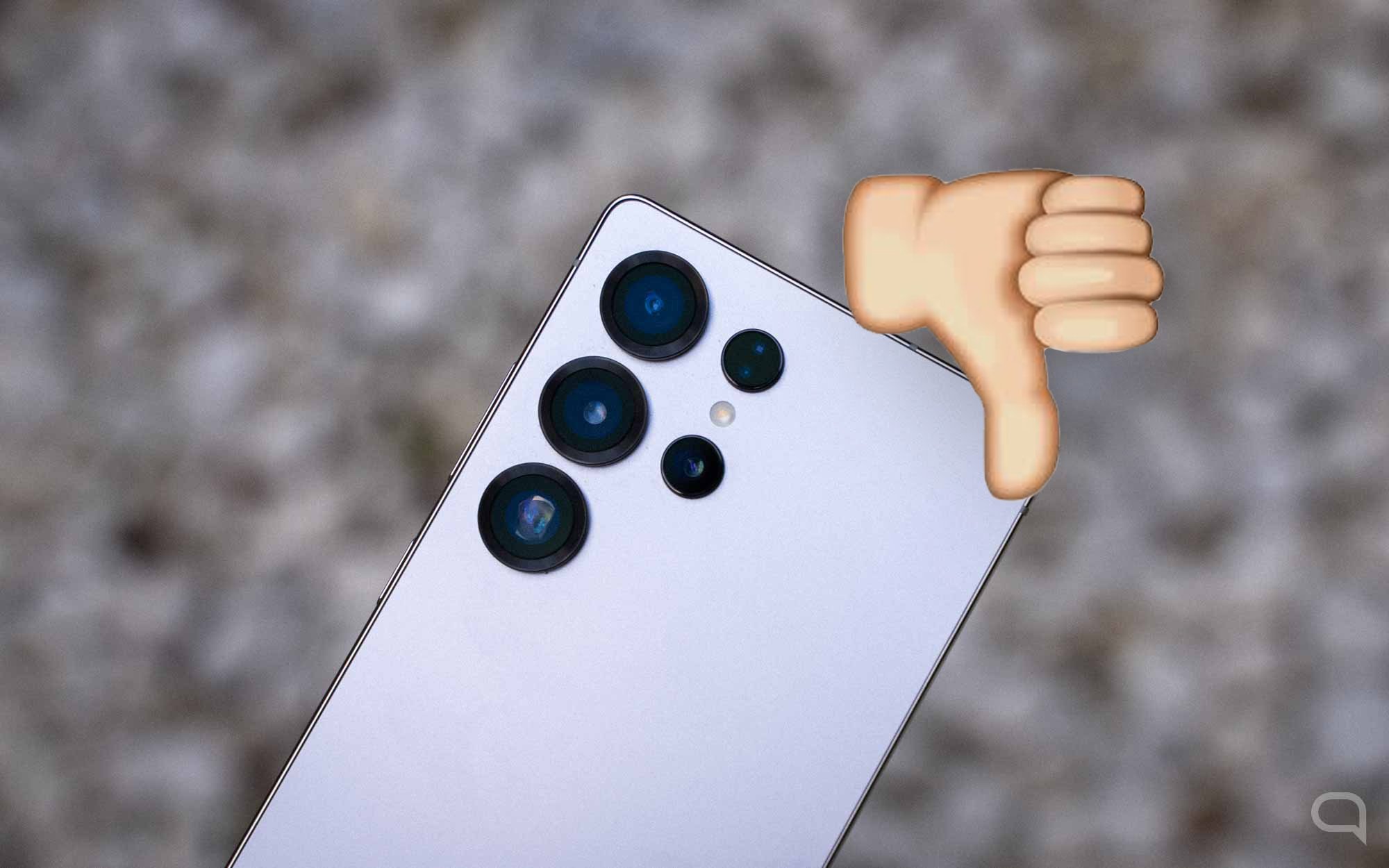Recently, a team of scientists from the University of Jyväskylä in Finland, perfect conditions to allow sound to propagate in space; something that science has described as nearly impossible. According to research published in the scientific journal Communications Physics, the discovery could offer the first real evidence that sound can propagate in space.
To achieve the phenomenon, the article explains It is necessary to use two piezoelectric materials separated by a smaller gap than the wavelength of the sound to be sent to the vacuum. — Piezoelectric materials are materials that can generate electrical charges while undergoing mechanical deformation. In this way, the researchers suggest it would be possible to create full acoustic tunneling in space.
Initially, tunneling of acoustic waves was described in the 1960s, but researchers did not fully understand how the effect works. With the new method created by scientists Zhuoran Geng and Ilari Maasilta, it was possible to test a way of propagating sound in vacuum.
“In this work, we focused on power transmission by tunneling acoustic waves. We use the general formalism developed for piezoelectric tunneling of acoustic waves to analytically prove the existence of the phenomenon of complete tunneling between two identical solids separated under vacuum, as the scientists explain in the study.
Can sound propagate in space?
In the void there is a complete absence of a medium from which sound and its vibrations can propagate; Therefore, since there is no medium to vibrate, it is not possible for sound to propagate in a vacuum. But scientists explain that there are loopholes in this system, for example, It is possible to use piezoelectric crystals in vacuum to propagate sound in electric fields.

The study describes how these materials convert mechanical energy into electrical energy, so that sound can propagate in an electric field with the necessary conditions. From the data collected in the survey, scientists believe they can better understand quantum and other areas of physics.
“In most cases, the effect is small, but we also encounter situations where all the wave energy jumps into the vacuum with 100% efficiency without any reflection. Therefore, the phenomenon may find applications in microelectromechanical components (MEMS, smartphone technology) and temperature control,” explains one of the study’s authors. one and partner from the University of Jyväskylä in Maasilta.
Did you like the content? Follow the latest physics news on TecMundo here.
Source: Tec Mundo
I’m Blaine Morgan, an experienced journalist and writer with over 8 years of experience in the tech industry. My expertise lies in writing about technology news and trends, covering everything from cutting-edge gadgets to emerging software developments. I’ve written for several leading publications including Gadget Onus where I am an author.













